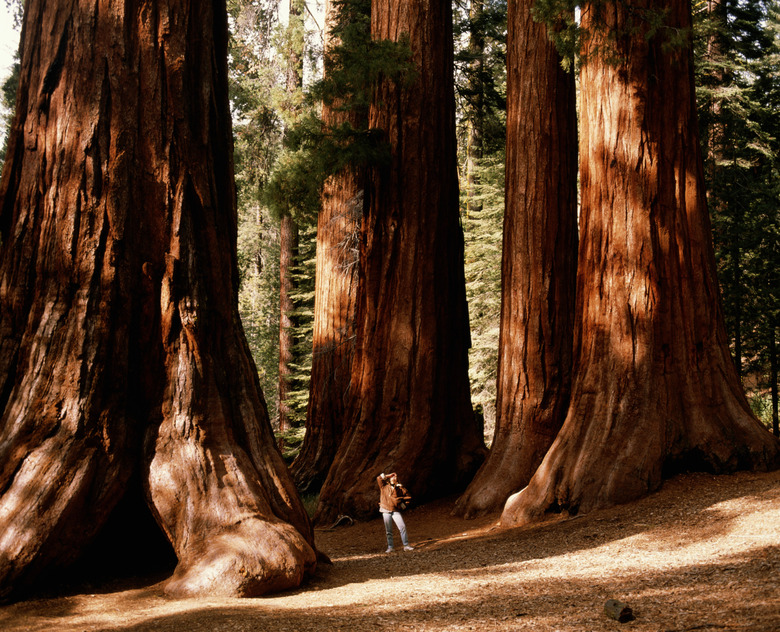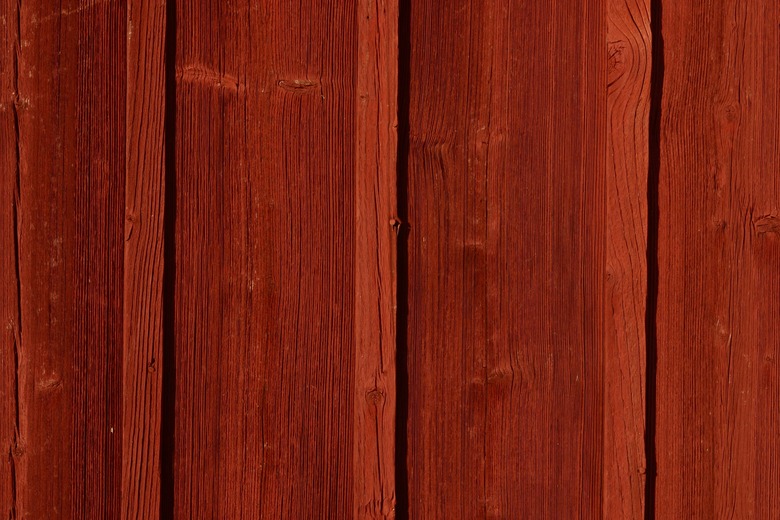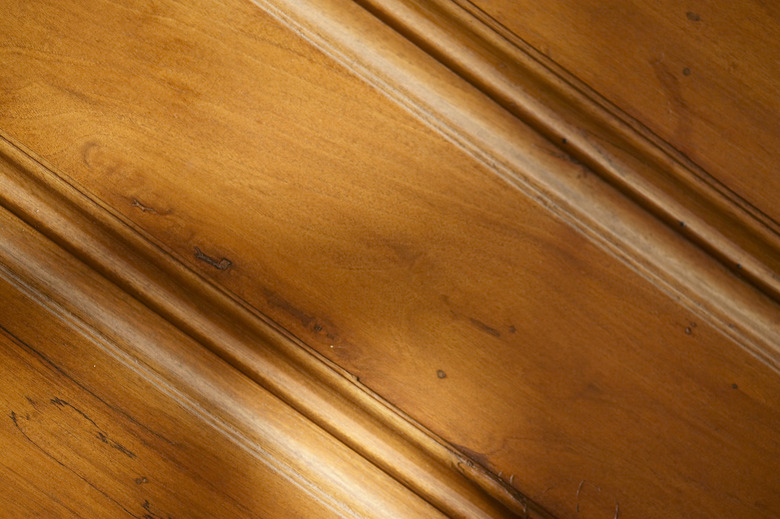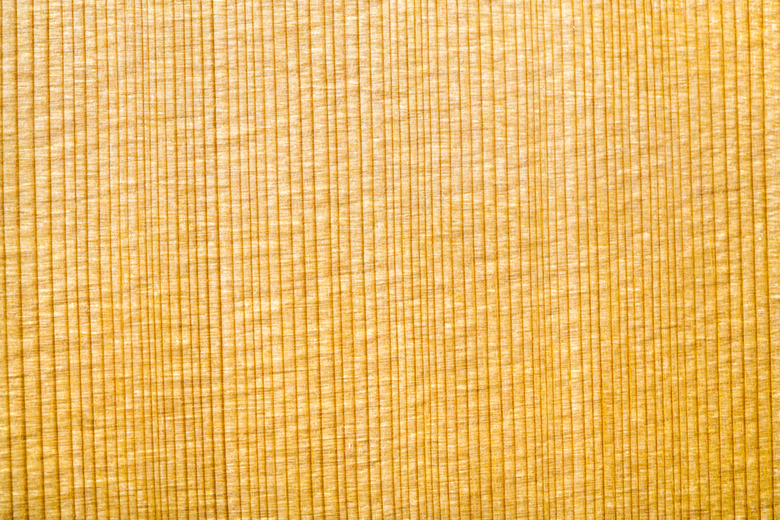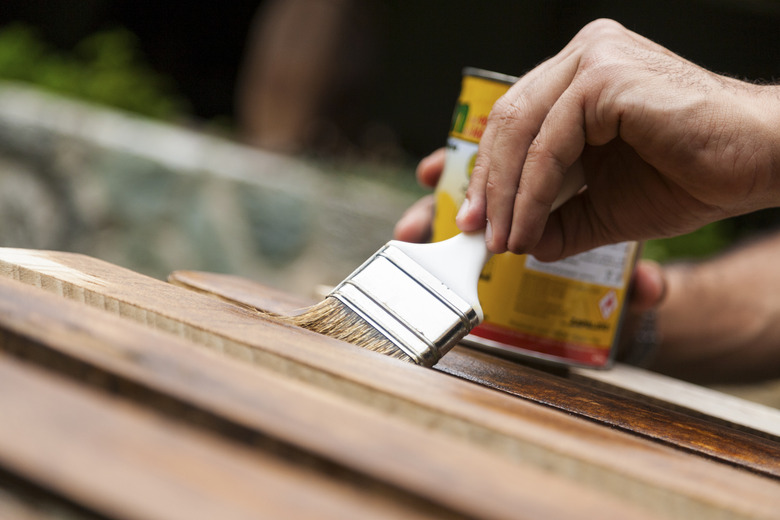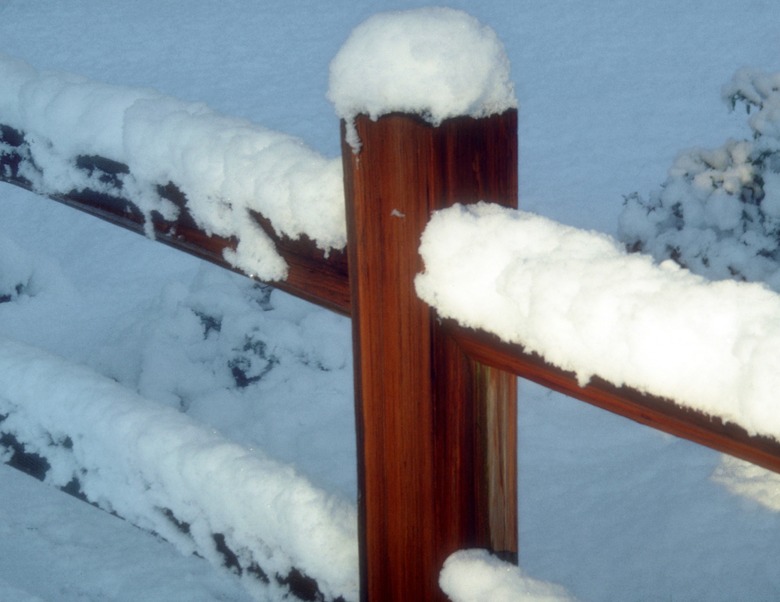Cedar Vs. Redwood For Fencing
Cedar and redwood are two popular materials used for fencing. They are harvested from the cedar tree, which grows across much of the northeastern U.S. and Canada, and the redwood tree, which is found primarily on the west coast. Both of these woods have natural features that make them particularly well suited for fence construction and other outdoor uses. When comparing these materials, consider things like cost, maintenance and visual appeal to help make your final selection.
Features
Features
Both cedar and redwood contain natural oils and acids that stay in the wood long after it is harvested. These oils help the wood repel moisture and humidity, which can keep the fence from warping, rotting or twisting over time. The acid in the wood helps to keep bugs and termites away, which can further extend the life of your fence. While both redwood and cedar are strong and durable, redwood tends to be more dense, which protects it against weathering and splintering over time.
Appearance
Appearance
The appearance of these two wood products can differ depending on the type of each that is chosen. Redwood has a natural brownish-red hue, which gets darker when higher levels of heartwood are used. It has a very tight grain pattern and is usually free of knots and other flaws. Cedar can be red, white or yellow depending on the species. Red cedar is the most porous, and has a color similar to redwood. Yellow cedar has a golden coloring, while white cedar is very pale and has the tightest grain pattern of the three.
Cost
Cost
In general, redwood fencing will be more expensive than cedar due to the relative scarcity of the redwood tree. This is especially true when it comes to wider versus narrow fence boards. White cedar is the most expensive of the three cedar varieties, while red is the most affordable. To keep your costs low, choose narrow panels of a lesser grade. You may have more knots and flaws, but these can be covered by paint if desired.
Maintenance
Maintenance
Cedar fencing requires a high level of maintenance. It tends to develop a silvery patina over time, which can be minimized by annual painting or staining. Redwood contains a higher level of natural oils, which helps protect the fence over time and reduces maintenance requirements. These oils can be a problem when it comes to painting, as they can keep the paint from being absorbed into the wood. If you plan to paint your fence, cedar is often the better choice.
Considerations
Considerations
Redwood has a very unique ability to absorb and release moisture to stay in balance with the surrounding temperature and humidity levels. This ability to add or release moisture naturally helps redwood resist warping or swelling when exposed to high levels of rain or moisture. Because of this, redwood is often the better choice for fences built in coastal areas, or those subject to high levels of rain and snow. Cedar is more likely to swell or twist over time due to moisture exposure.
